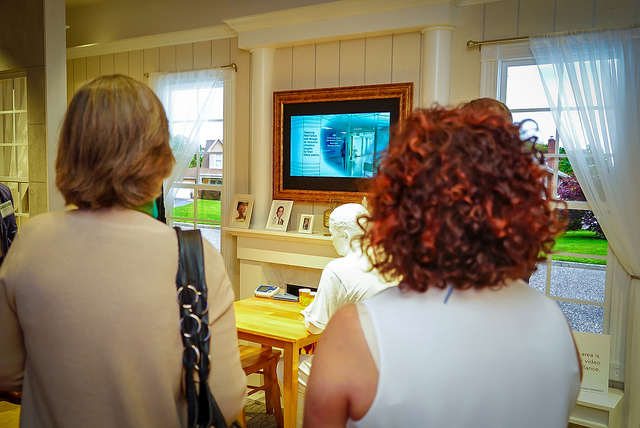Imagine getting health care in the comfort of your home, using a smart phone to have a conversation with your physician, and even showing the doctor your physical symptoms with the phone’s camera. Telehealth is making this kind of care possible. It supplements in-person visits by allowing for more frequent communication with physicians using visual or audio technologies and helps physicians regularly monitor their patients.
Kaiser Permanente has seen the advantages of this technology and is implementing telehealth in primary care, neurology, inpatient rounding, mental health, and dermatology. One quickly developing area is teledermatology. KP members can send photos of their moles, lesions, and rashes or show them to their doctors via video chat. (Watch the Thrive ad on telehealth.) Physicians can view these images and talk to their patients during the video chat or phone call. They can also send patients an email with a diagnosis and treatment options.
The availability of telehealth is valuable to both patients and physicians. Patients can save the cost and time of traveling to the doctor’s office. In Colorado, two out of three patients who participated in a teledermatology video visit did not need an in-person follow-up visit because their issue was resolved. It also allows physicians to provide efficient care. They can quickly diagnose and follow up with patients. Physicians can then spend more time focusing on patients who have to visit in-person for more serious issues.
While some may consider telehealth as a means to deliver care to patients in remote and rural areas, telehealth is valuable for everyone. It allows for more frequent and convenient communication with physicians that ultimately leads to higher quality care.
Read the KP Institute for Health Policy’s new Policy Story to learn more about telehealth and the policy changes that must be made to accommodate the growing need for this technology.




